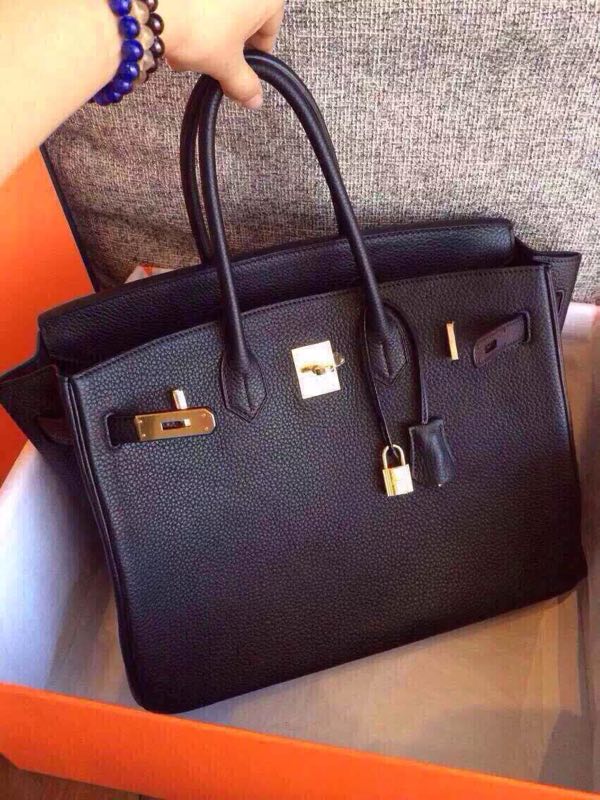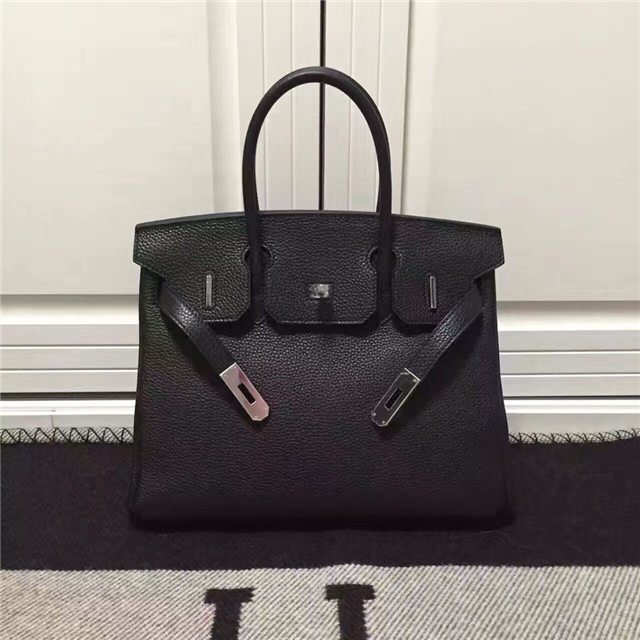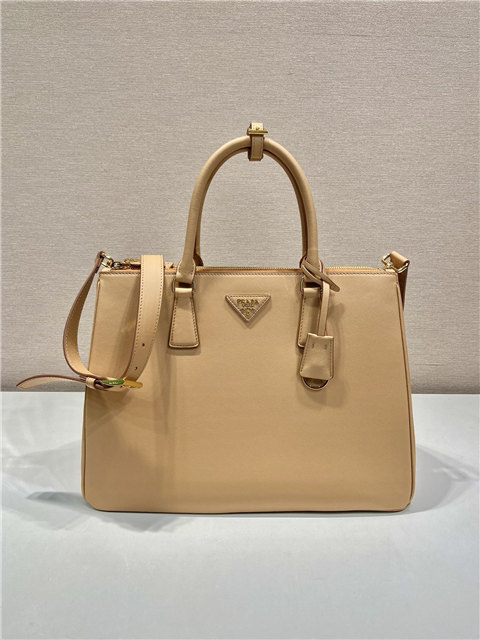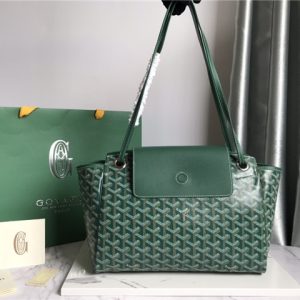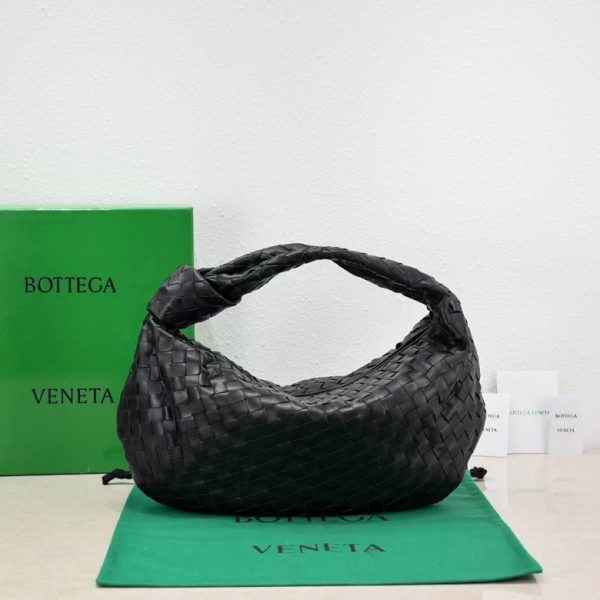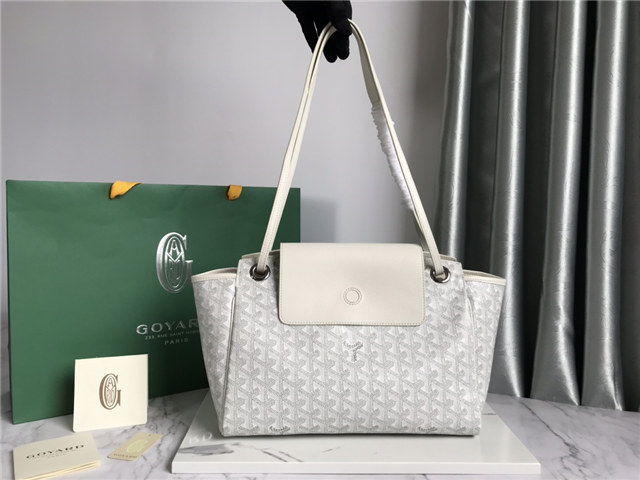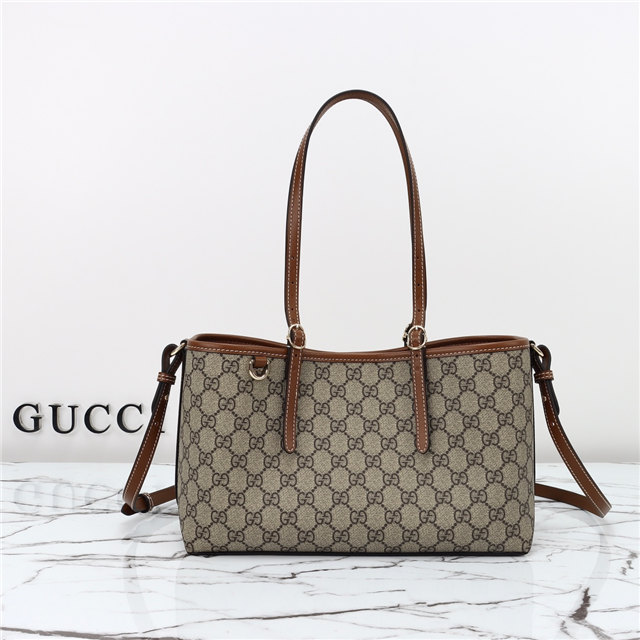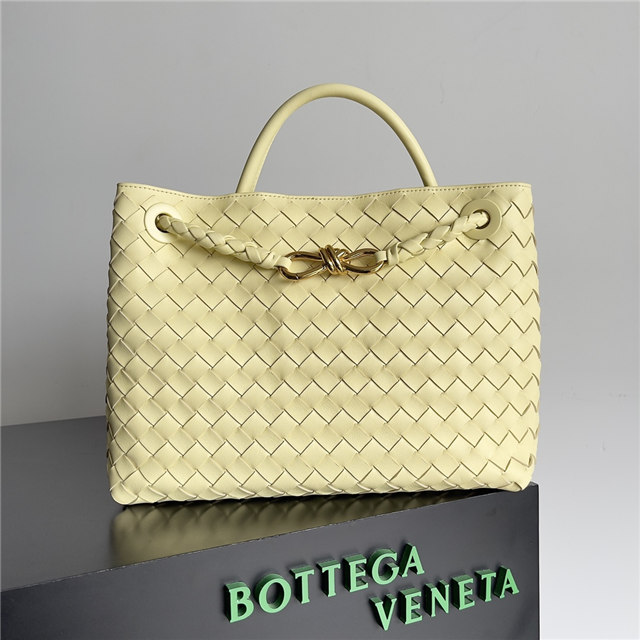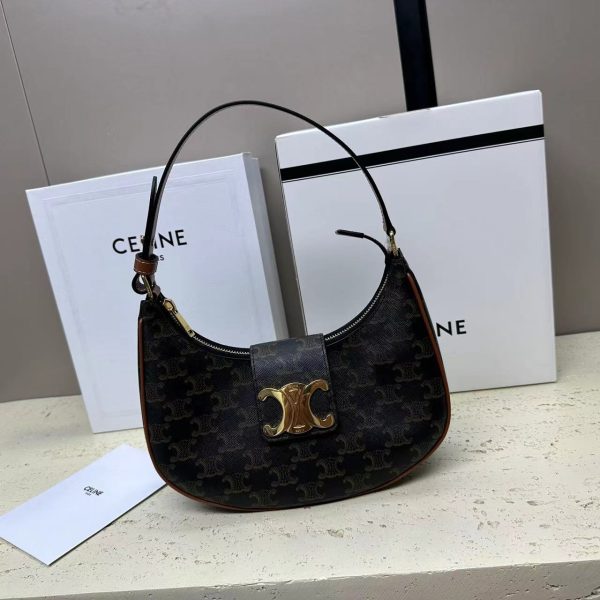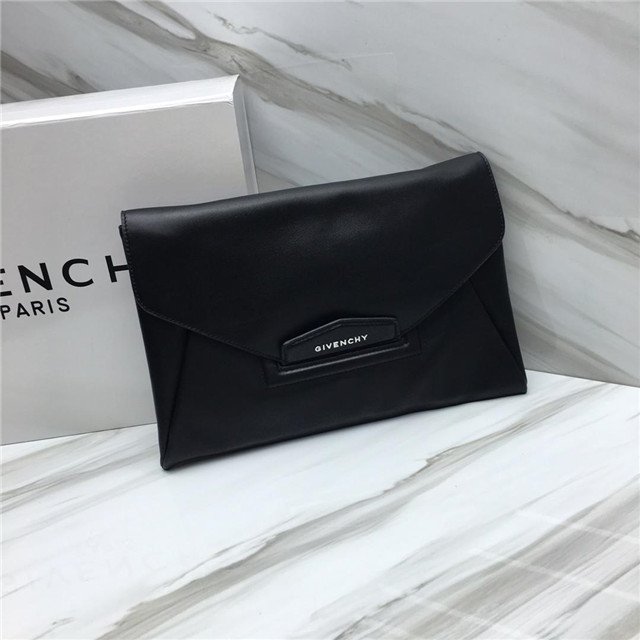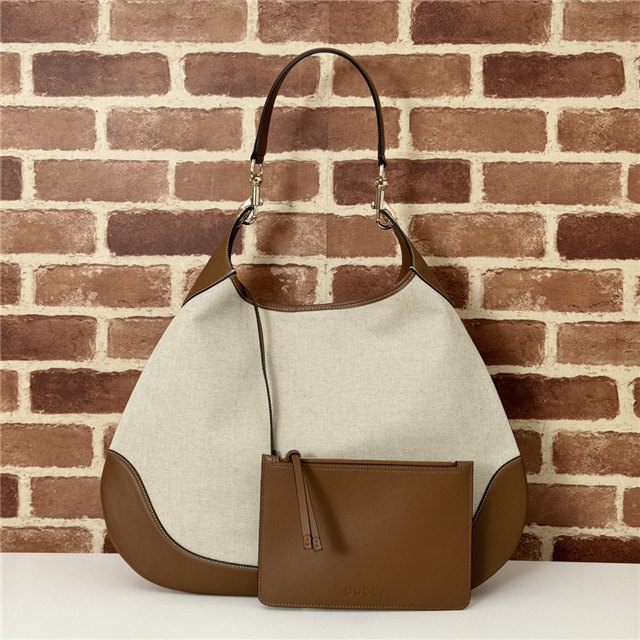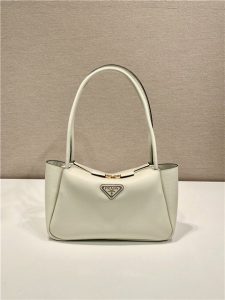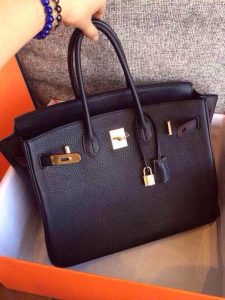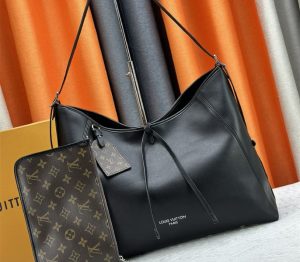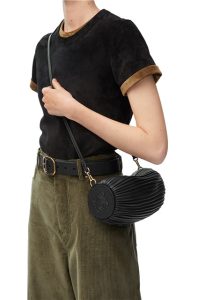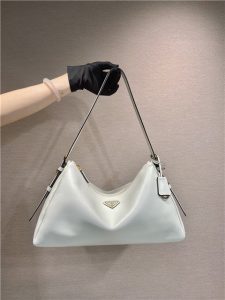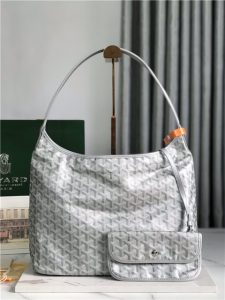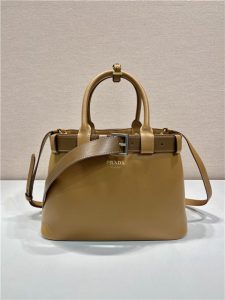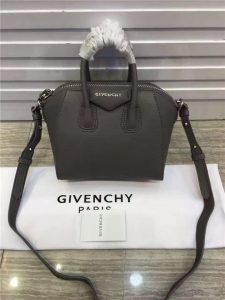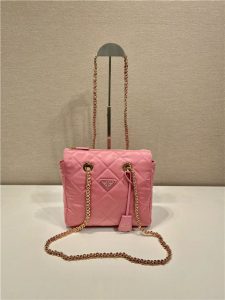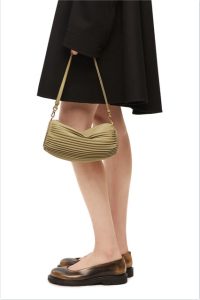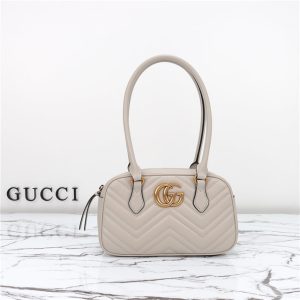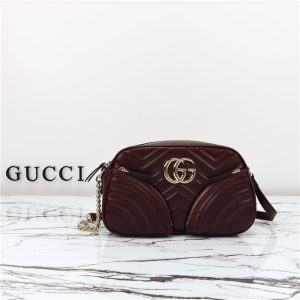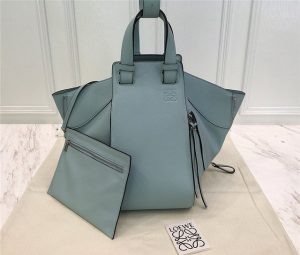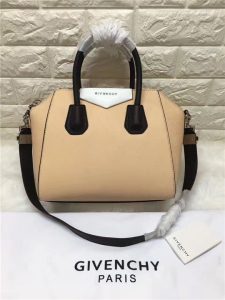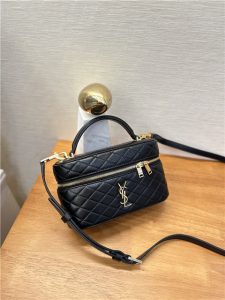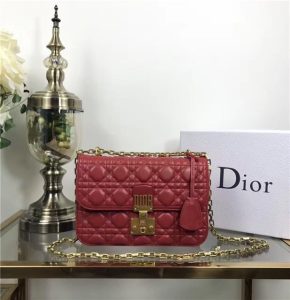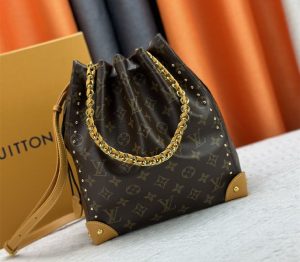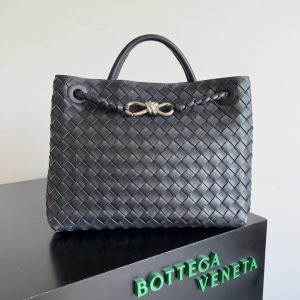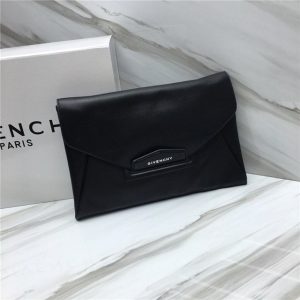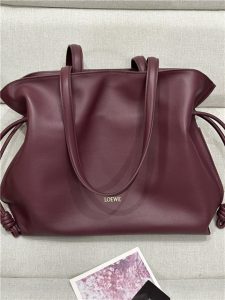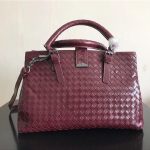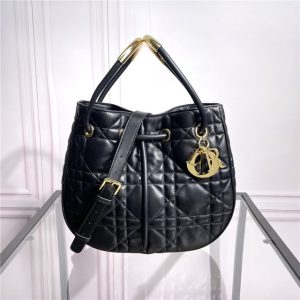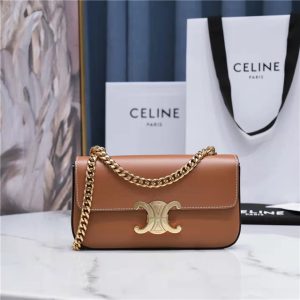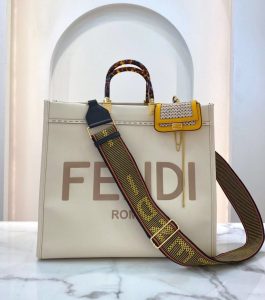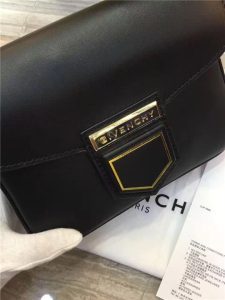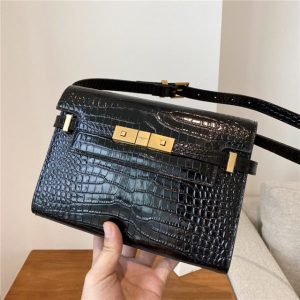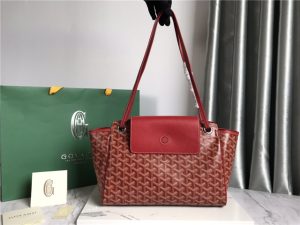First off, “SAK” – from what I can gather from that first snippet – seems to relate to a Wenger SAK (Swiss Army Knife) design, which… kinda throws me off. What that has to do with your Orient is anyone’s guess. Maybe it was just mixed up in the lot? Estate sales, man, they’re a wild ride.
Then there’s the dreaded “FAK” – fake, counterfeit, a watch that’s about as Japanese as sushi made in Nebraska. Nobody wants that. But don’t automatically freak out!
Now, about figuring out if your Orient is the real deal. I saw someone struggling to find a specific model on Chrono24. That doesn’t *necessarily* mean it’s fake! Orient has made *so* many models over the years, especially if it’s vintage. Some of them are super obscure. Finding the exact reference can be a real pain in the butt.
One thing to look out for is the model number. The one you’ve got might seem “wonky” like that other person said. That *could* be a red flag, especially if it’s totally off. But, like, what *is* “totally off”? If it’s just a slightly weird font, maybe don’t sweat it. If it looks like it was slapped on with a potato, that’s a different story.
I saw some folks talking about Orient Star and Royal Orients being the usual targets for fakers. And that makes sense! Why bother faking a cheaper watch when you can make more money ripping off a higher-end one? But that *doesn’t* mean lower-end Orients are immune. I’m not sure I agree with the statement that no one fakes Orient 3 stars. Who knows what those darn counterfeiters are up to these days?
Things to consider: the packaging (if you have it), the quality of the materials, and the overall “feel” of the watch. Does the movement look and sound janky? Does the bracelet feel like it’s made of tin foil? These are bad signs. And yeah, I get it, “feel” is subjective. But trust your gut! If something feels off, it probably is.
Also, somebody mentioned “KY” on the case back. I have no idea what that means. Maybe a factory code? Maybe the initials of the guy who assembled it? Google it!

